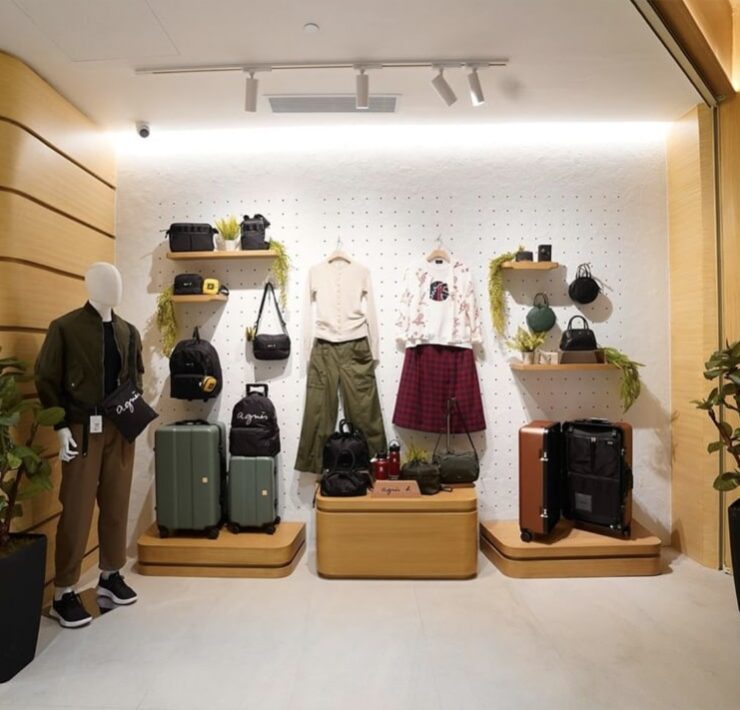It’s a different kind of island life on this chunk of English rock

Even with a total land area of 25 sq. mi., Guernsey Island has more than its fair share of attractions to draw guests. In fact, the island is so charming, it became Victor Hugo’s home while in exile from France. It also inspired Annie Barrows to write the 2008 novel The Guernsey Literary and Potato Peel Pie Society.
The way of life here still skews towards the traditional. In fact, visiting Guernsey could feel like a step back in time. Despite the modern facilities, there persists a unique calm found only in small coastal towns that have learned how to be self-sufficient and self-contained. A more languid pace of life—maximum speed: 35mph—couldn’t be depicted any better than the appearance of an odd tractor that’s sometimes used as a form of transportation.

Guernsey’s wealth of 27 bays can provide any visitor the kind of seaside vacation they’re looking for, from hidden coves to stunning cliffs to long stretches of sand. The picturesque harbor town of St. Peter Port, which also serves as Guernsey’s capital, has been the point of entry and exit to the island since Roman times.

Here, the island’s two most popular attractions can be found: the 800-year-old Castle Cornet, a fortress that guards the harbor; and the Hauteville House, which used to be Hugo’s home in Guernsey. It has been preserved as a museum, housing within its eccentric interiors a collection of furniture and curious artifacts.

For a few days in a year, fog descends quickly over the island, imparting a mystical aura to the whole place. Yet the spring, summer, and autumn seasons each bring about different colors to Guernsey’s natural backdrop: bluebells grow profusely during spring;the long beige strips of the beach are bordered by crystal clear waters during summer, and the changing colors of the leaves signal autumn.

Yet even within the same season, different parts of Guernsey take on their own charm: the cliff paths on the dramatic and rugged South Coast and the beaches of the West Coast offer such a contrast to each other, even though they are no more than 15 minutes apart.
The sole five-star accommodation on the island has been operating as a hotel since 1858, but its historical significance goes back even further than that: from 1796 to 1842, the structure that is now known as The Old Government House Hotel & Spa had functioned as the official residence of the Governor, not just of the island but also the Bailiwick, which includes the nearby islands of Alderney, Herm, and Sark. After the last Lieutenant Governor to use it, General Sir James Douglas, vacated the building, John Gardner then purchased the property then transformed and launched it as “an old and comfortable country mansion” that soon became well-known within the Victorian Society. Nearly a century later, and it was still a favorite among the upper crust and even the British monarchy, with Her Majesty Queen Elizabeth II visiting in 1957 together with the Duke of Edinburgh.The only break that The Old Gentleman House took from its hospitality services was during World War II, when Germans used it as their General Staff Headquarters from 1940 to 1945.

Since the Red Carnation Hotels bought the hotel in 2012, it has gone through extensive changes, but these were done with the place’s character, history, and heritage in mind. The adjoining The Old Crown Offices, also purchased that same year by the hotel management group, became an extension of the hotel and was transformed into the Crown Club that opened in 2013. With its sumptuous bar, lounge areas, meeting rooms, and even a wine-tasting room, it’s almost difficult to imagine the structure’s past incarnations: more recently as a building for law offices, and up until the ‘70s, as the place where passports of Guernsey visitors get stamped upon entry in the island. Today, the Crown Club is distinguished by its collection of over 50 different gins. Guests can enjoy touring through this collection with the recently launched gin passport, an homage to one of the building’s former uses.

Aspects of the dining experience here definitely hew close to tradition: its Afternoon Tea is especially quintessentially British, served during summer at the al fresco setting of The Olive Grove and Garden and featuring the Royal Albert Friendship range of china tea service by Miranda Kerr and a selection of pastries and finger sandwiches.

At the Governor’s Restaurant, the red-and-gold Curry Room is a lavish celebration of the storied ties between British and Indian cultures. Try the Keralan-style Guernsey Lobster for starters—cognac-flamed Guernsey lobster served with mild masala cream, dill, cucumber, and capers—and enjoy their Traditional Natal Lamb Curry that can be made extra-hot depending on your taste.

Guernsey itself is quite the food destination, with the restaurants and dishes available one of the deciding factors for travelers to visit; according to Red Carnation Hotels, a recent survey reveals this to be the case for about 40 percent of the tourists. Of course, with the bounty of the sea surrounding island, The Old Gentleman House’s selection of seafood is a big draw: local crab and lobsters, oysters, mussels, turbot, brill, and hand-dived scallops. The scallops, in particular, star in one of the hotel’s signature dishes, pan-seared and served with pea mousse, pancetta, and a broad bean and fennel salad. For other seafood choices, the daily fish board announces the local seasonal catch available, with diners choosing whether to have them grilled or pan-fried.

Guernsey is also known for its “Hedge Veg”: the roadside display of produce, ranging from tomatoes, potatoes, and peppers to aubergines and varieties of soft fruits, from local farmers, with only an honesty box standing witness to all the purchases made. The richness of the soil also manifests in the rich and creamy butter, cheeses, and cream produced at the Guernsey Dairy. At The Old Gentleman House, local produce is well represented by one of the most popular dishes on their current menu: heirloom tomato salad with bocconcini mozzarella, basil sorbet, sunflower seeds, and tomato consommé.

With its variety of attractions and wealth of natural riches, Guernsey’s size and relative remoteness further add to its lure. It’s easy to imagine why anyone would decide to stick around for good after just a visit.
This story originally appeared in Garage Magazine’s June/July 2017 issue.















